Safeguarding in Childrens Workforce
This Safeguarding in Children's Workforce online course is suitable for anyone who works with children, it is designed to introduce the topic, the relevant skills, the latest legislation, multi-agency working, how to recognise and deal with abuse, common core skills and knowledge and much more. The online training includes a CPD approved certificate on completion.
Course Overview
Format
- Intermediate
- 4-5 Study Hours
- Online Study
- Self-Printed Certificate
Accreditation
- 2 CPD Points
- CPD Certified
Course description
This course introduces safeguarding, its importance when working with children and the many associated skills and knowledge required.
Anyone working with children needs to ensure they have an appropriate level of safeguarding training in order to satisfy their safeguarding responsibilities.
This wide-ranging course is designed for all working with children. It introduces safeguarding and the relevant skills, knowledge and legislation, multi-agency working, how to recognise and deal with abuse, and many common core skills and knowledge. It includes:
- An overview of safeguarding and why it is important
- The latest legislation and guidance
- Types of abuse how to recognise the signs and symptoms of abuse and reduce its incidence
- How to deal with suspected and disclosed abuse; what to do if you suspect abuse
- Common core skills and knowledge, and how they fit in with your working role
- Anti-discriminatory practice and equality, diversity and inclusion
- Child-centred practice, person-centred planning
- Disabilities, developmental disabilities, models of medical and social disabilities
- Integration and inclusion of children with disabilities
- Working with families
- The six key areas of skills and knowledge for the children’s workforce
- Communication skills
- Information sharing, record-keeping and recording
- Professional relationships and working in partnership
- Development of children and young people, play in development
- Continuing Professional Development
Case studies, immersive real-world scenarios and challenges help professionals apply knowledge into everyday life. This course is for everyone working with children, which may also include administrators and reception staff, police and probationary workers.
You will learn
- Explain the profound impact some well-known cases of child abuse and neglect have had on legislation
- Explain the importance of multi-agency cooperation
- Define safeguarding in respect to children and young people
- Describe what you need to do if a child makes a disclosure or if you suspect abuse
- Explain what whistleblowing is, what it is not and why it is important
- List the ways you can reduce the risk of abuse
- List the signs and symptoms of the different types of abuse
- Explain what is meant by common core skills and knowledge
- Outline the six core common skills and knowledge required to work with children and young people
- Compare and identify different views, types and models of disabilities
- Identify barriers experienced by children and young people with disabilities and their families and discuss what equality, diversity and inclusion means for them
- Explain how to safeguard children with disabilities
Who is it for?
Roles including:
- Teachers
- Teaching assistants
- Nursery workers
- Childminders
- Social Workers
- Care Workers
Legislation
Legislation covered in this course includes:
- Health and Safety Act 1974
- Children Act 1989
- Human Rights Act 1998
- Education Act 2002
- Children Act 2004



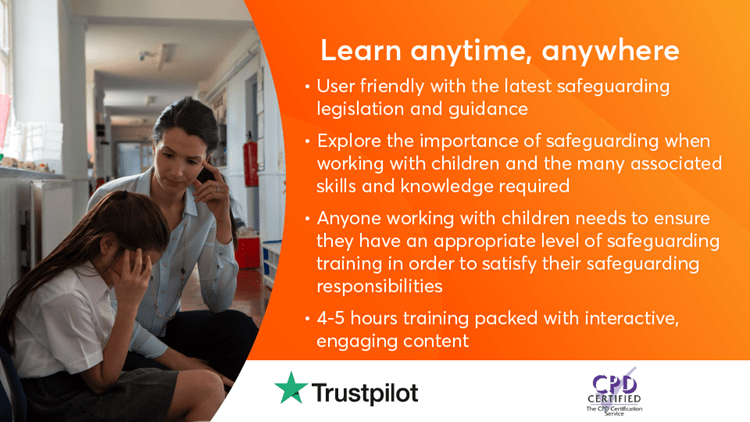
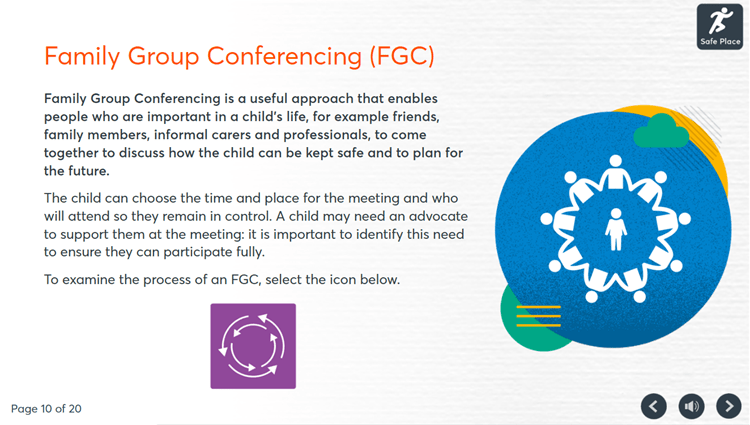
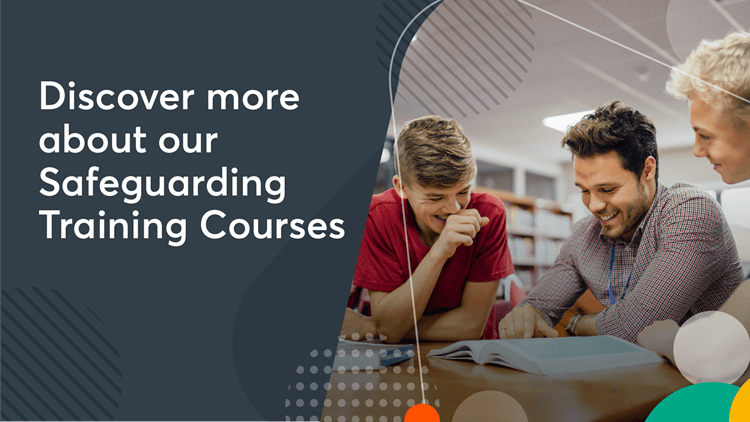
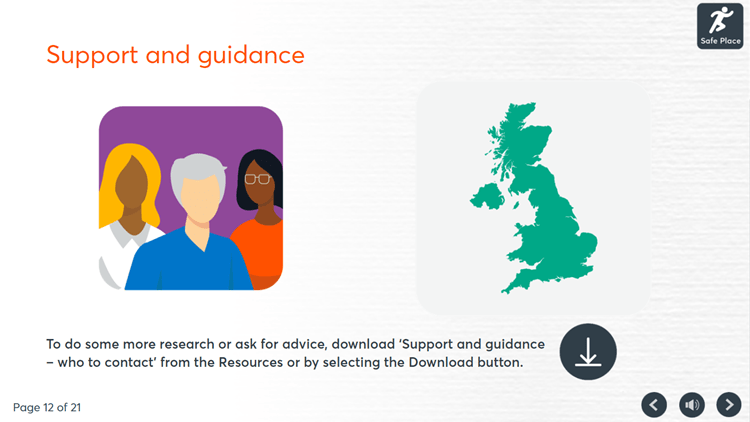
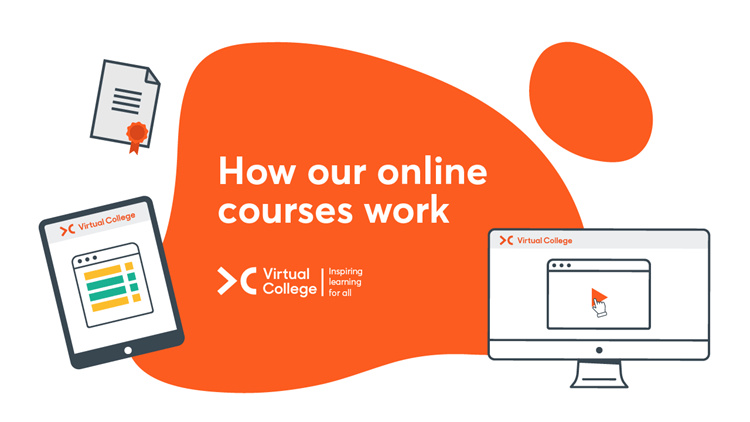




/safer-recruitment.jpg?mw=320&hash=A2BB5E144C89C295EC10C63680F69F39C4C3E566)

/e-safety-.jpg?mw=320&hash=A9FCF6B70F32AD3EA74633373FF0213B000F75FF)








